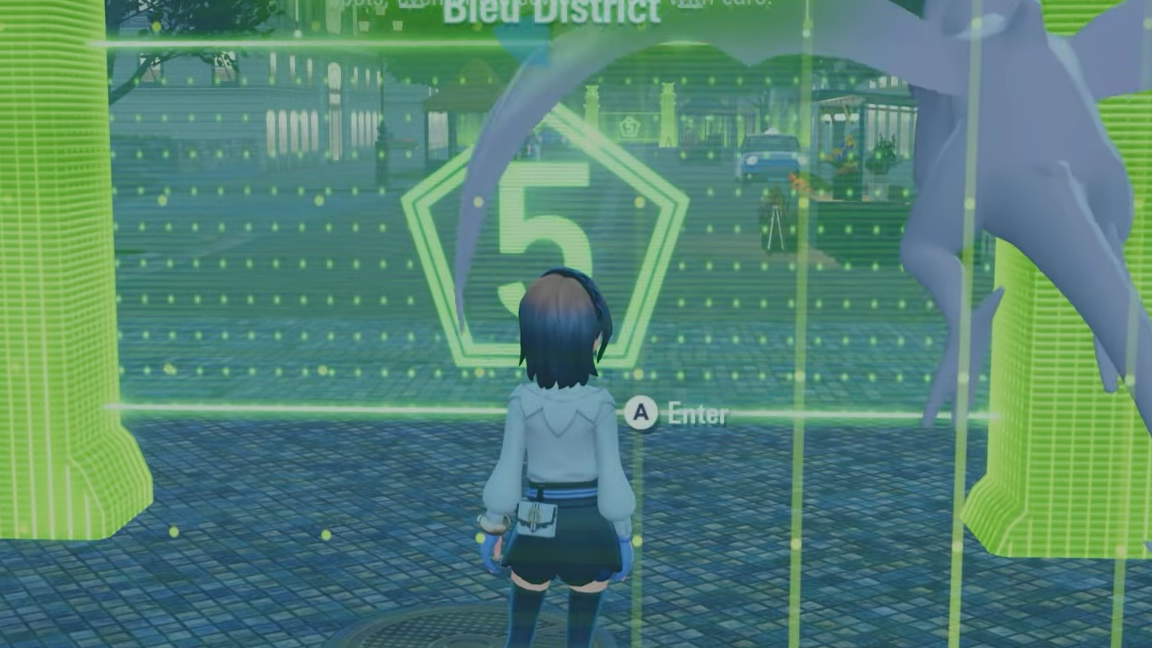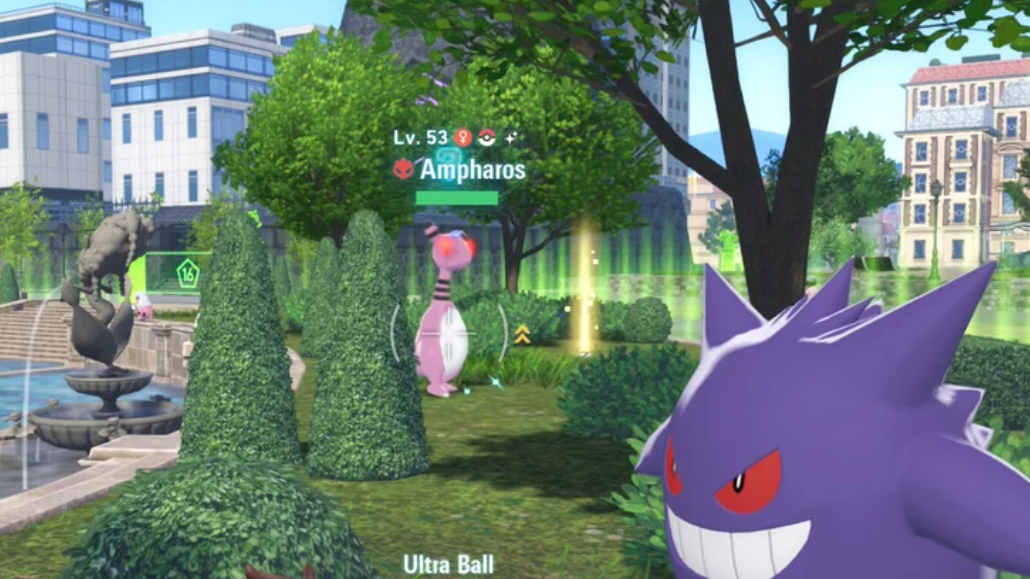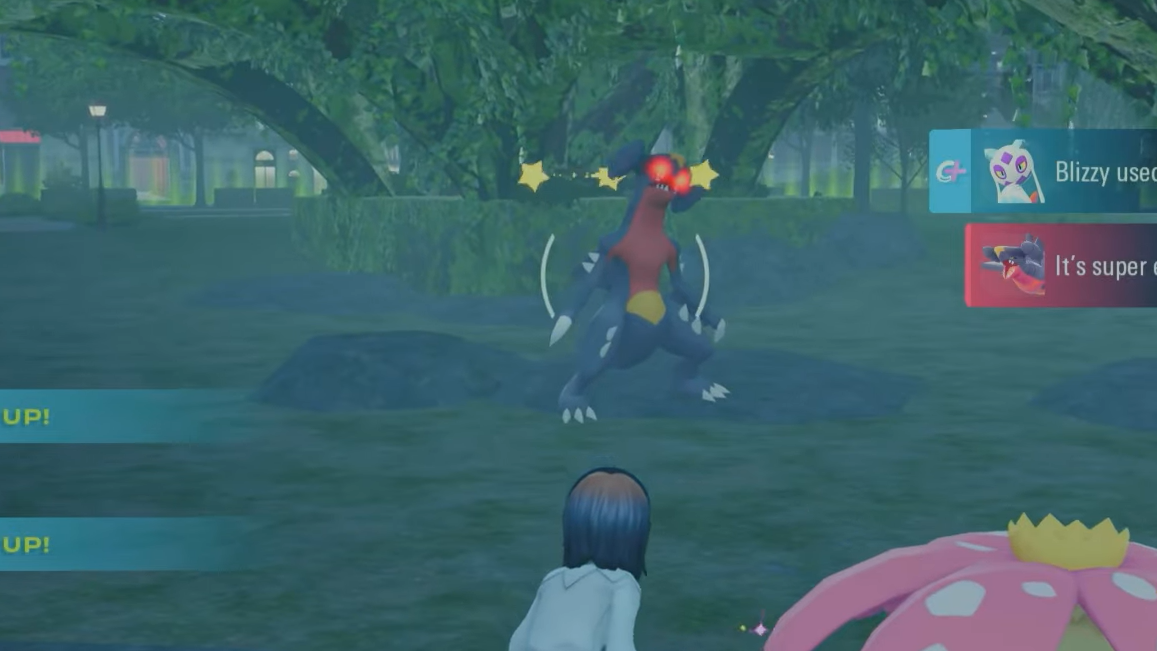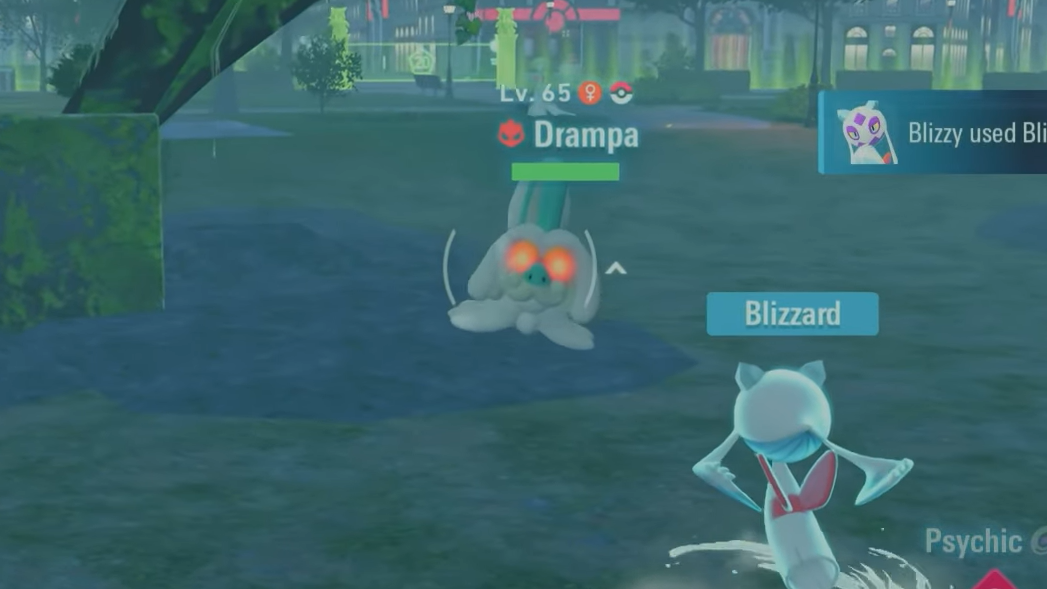Alpha Pokémon are oversized, red‑eyed variants that patrol Lumiose City’s streets and Wild Zones. They hit harder than the regular crowd, charge at you on sight, and often carry a move their species doesn’t normally learn by leveling up. Treat them as roaming mini‑bosses: they’re rarer than standard spawns, frequently higher level, and great targets if you want a tougher battle and a standout addition to your team.
Alpha Pokémon unlock requirement
Alpha encounters begin after completing the special mission “A Big Ol’ Bunnelby,” which pits you against an Alpha Bunnelby. Once that’s done, Alphas can appear across the city as part of regular exploration and story missions.

Where Alpha Pokémon spawn in Lumiose City
Alphas show up in two broad contexts:
- Wild Zones: Green‑bordered pockets throughout Lumiose that host multiple species. These are the most reliable places to spot Alphas.
- Open city spaces: Streets, alleyways, rooftops, and other nooks where their non‑Alpha counterparts already appear.
If you’re chasing a specific Alpha, start in the Wild Zone where that species normally lives. It’s possible to see more than one Alpha at once, including different stages from the same line (for example, a basic form and its evolution sharing a zone).

Spawn behavior and refresh mechanics
Alpha spawn points are chance‑based and not guaranteed. Many (but not all) spawns in the city can roll as an Alpha, with odds that vary by species and location—roughly in the 5% to 40% range. Two useful refresh levers:
- Time of day: Some species only appear during the day or at night. Resting on a bench advances time and refreshes spawns.
- Zone reloads: Leaving a Wild Zone and returning after a bit of time can repopulate the area. If you stray too far from an Alpha or lose sight of it, the encounter can change or despawn.

What makes an Alpha different
- Visuals and UI: Oversized model, glowing red eyes, and a distinctive red icon on their nameplate.
- Aggression: They beeline for your character and will pick a fight even if you already have a Pokémon out.
- Level: Typically around 10 levels higher than the area’s baseline spawns.
- Moves: Each Alpha comes with a move the species doesn’t normally learn by leveling up. In this game, that extra move aligns with TM‑learned coverage and arrives already mastered as a Plus Move.

How to approach and catch an Alpha
- Scout first: Watch its patrol pattern and nearby species; Alphas can draw extra aggro that turns battles into multi‑mon brawls.
- Open strong: Lead with type advantage and status if available to limit incoming damage.
- Chip, then capture: Weaken the Alpha to low HP; tougher variants often demand Great or Ultra‑tier balls to secure the catch.
Because Alphas run hot and fast, going in with a leveled squad (and a few backup healing items) prevents a costly wipe if nearby foes pile on.

Guaranteed Alphas and dependable checks
Beyond random rolls, certain spawns are set to be Alpha and are worth checking when you pass through their zones:
| Species | Location | Notes |
|---|---|---|
| Gourgeist | Wild Zone 15 | Guaranteed Alpha spawn |
| Abomasnow | Wild Zone 12 | Guaranteed Alpha spawn |
Outside of these fixed examples, expect variability. Even within the same Wild Zone, two passes can produce different Alpha species or none at all.
Time‑of‑day rules and multi‑Alpha moments
- Diurnal vs. nocturnal: Some species only populate during daylight or night, which also gates their Alpha variants.
- Multiple Alphas: It’s possible to find more than one Alpha at the same time, including overlapping evolutionary stages in a single area.

Quick reference: Alpha systems in Legends Z‑A
| Topic | What to know |
|---|---|
| Unlock trigger | Complete “A Big Ol’ Bunnelby.” Alphas then populate story and free‑roam encounters. |
| Primary habitats | Wild Zones across Lumiose; also on streets, alleys, rooftops tied to normal species spawns. |
| Spawn odds | Chance‑based per spawn; many can roll Alpha with roughly 5%–40% odds depending on species and spot. |
| Level bump | Typically about 10 levels above the zone’s baseline population. |
| Behavior | Highly aggressive; pursues on sight and initiates battles readily. |
| Unique move | Comes with a TM‑type move already mastered as a Plus Move; not learned via normal leveling. |
| Refresh tools | Rest on benches to change day/night; leave and re‑enter zones to repopulate spawns. |
| Persistence | Moving too far or losing line of sight can change or despawn an existing Alpha. |
A note on eligibility
Not every species in Legends Z‑A has an Alpha form. If you never see an Alpha variant for a particular Pokémon after repeated time‑of‑day toggles and zone reloads, you may be dealing with one that simply doesn’t roll as Alpha in this game.
If you build a route that chains a few Wild Zones with day‑night flips, you’ll encounter Alphas regularly. Check the fixed spawns when you pass their neighborhoods, and treat every Alpha as a chance to pick up a move that changes how a familiar species plays.


